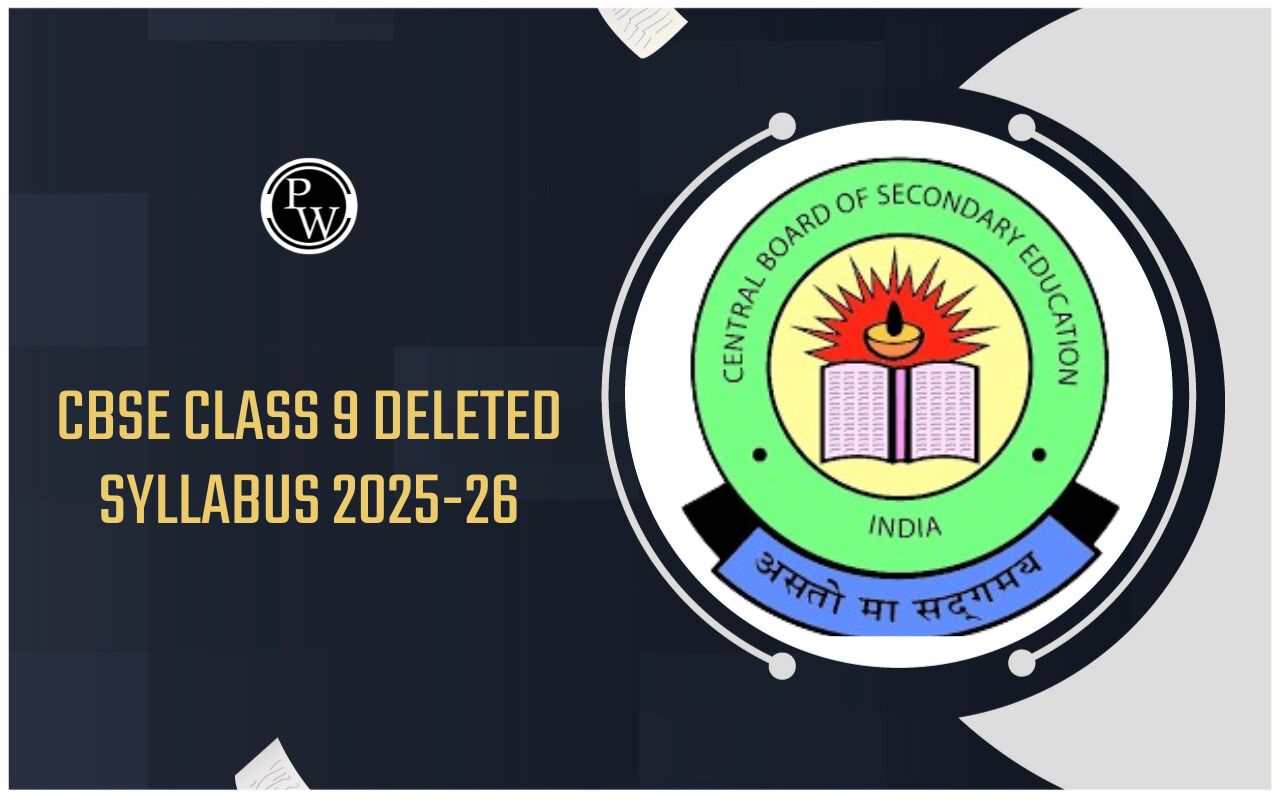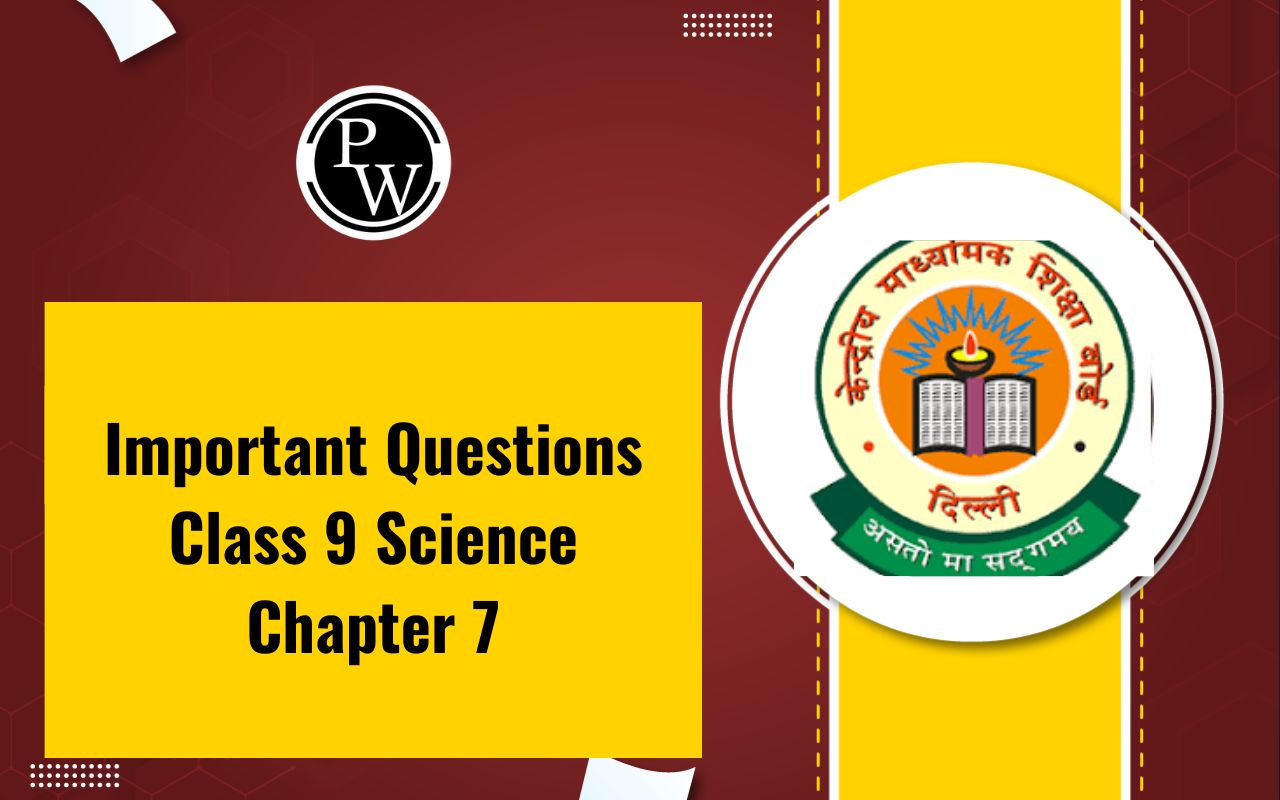
RD Sharma Solutions Class 9 Maths Chapter 17: RD Sharma Solutions for Class 9 Maths Chapter 17 on Constructions are a valuable resource for students learning about geometric constructions. This chapter focuses on constructing various geometric figures using a straightedge and compass.
From bisecting angles to constructing tangents to circles, students learn essential techniques to accurately construct geometric shapes. RD Sharma Solutions provide clear explanations and step-by-step instructions to help students grasp these construction methods effectively. By practicing with these solutions, students can enhance their understanding of geometric constructions and improve their problem-solving skills.CBSE Class 9 Science Syllabus 2024-25
RD Sharma Solutions Class 9 Maths Chapter 17 Constructions PDF
You can find the PDF link for RD Sharma Solutions Class 9 Maths Chapter 17 on Constructions below. This PDF contains detailed solutions to help students understand and practice geometric constructions effectively. From bisecting angles to constructing tangents, these solutions provide step-by-step guidance for each construction problem. By using this PDF, students can strengthen their skills in geometry and prepare thoroughly for exams.RD Sharma Solutions Class 9 Maths Chapter 17 PDF
RD Sharma Solutions Class 9 Maths Chapter 17 Constructions
Solutions for RD Sharma Class 9 Maths Chapter 17 on Constructions are available below. These solutions provide step-by-step guidance to help students understand and master various geometric constructions covered in this chapter. Whether it's constructing angles, bisecting line segments, or drawing tangents to circles, these solutions provide clear explanations to make the learning process easier. Students can utilize these solutions to practice and improve their skills in geometric constructions effectively.CBSE Class 10 Result 2024 Expected To Be Out Soon
RD Sharma Solutions Class 9 Maths Chapter 17 Constructions Exercise 17.1 Page No: 17.3
Question 1: Draw a line segment of length 8.6 cm. Bisect it and measure the length of each part.
Solution:
Step 1: Draw a line segment AB = 8.6 cm. Step 2: Draw arcs on each side of AB using A as a center at any radius more than half of 8.6. Step 3: Repeat Step 2 using B as a center and make sure these arcs cut the previous arcs. Step 4: Join the points P and Q which intersects AB at M. Therefore AM= MB = 4.3 cm
Question 2: Draw a line segment AB of length 5.8cm. Draw the perpendicular bisector of this line segment.
Solution:
Step 1: Draw a line segment AB = 5.8 cm. Step 2: Draw arcs on each side of AB using A as a center at any radius more than half of 5.8. Step 3: Repeat Step 2 using B as a center and make sure these arcs cut the previous arcs. Step 4: Join the points P and Q. Here, PQ is the perpendicular bisector of AB.
Here, PQ is the perpendicular bisector of AB.
Question 3: Draw a circle with center at point O and radius 5cm. Draw its chord AB, the perpendicular bisector of line segment AB. Does it pass through the center of the circle?
Solution:
Step 1: Draw a circle choosing radius 5 cm and point O as center. Step 2: Draw a chord AB using scale. Step 3: Draw arcs one on each side of chord chossing A as center and radius more than half of 5 cm. Step 4: Repeat step 3 using B as a centre and make sure these arcs cut the previous arcs. Step 5: Join P and Q. Therefore PQ is a perpendicular bisector of chord AB passes through the center of the circle.
Therefore PQ is a perpendicular bisector of chord AB passes through the center of the circle.
RD Sharma Solutions Class 9 Maths Chapter 17 Constructions Exercise 17.2 Page No: 17.7
Question 1: Draw an angle and label it as ∠BAC. Construct another angle, equal to ∠BAC.
Solution:
Steps of construction: Step 1: Draw any angle ABC. Now will construct an angle equal to ∠BAC Step 2: Draw a line segment QR. Step 3: Draw an arc which intersects ∠BAC at E and D using A as center and choose any radius. Step 4: With same measurements (set in step 2), Draw an arc from point Q. Step 5: With S as center and radius equal to DE, draw an arc which intersects the previous arc at T. Step 6: Join Q and T. Therefore ∠PQR= ∠BAC
Therefore ∠PQR= ∠BAC
Question 2: Draw an obtuse angle. Bisect it. Measure each of the angles so formed.
Solution:
Steps of construction: Step 1: Draw an obtuse angle. We choose ∠ABC = 120 0 . Step 2: Draw an arc which intersects AB at P and BC at Q, from center B and choose any radius. Step 3: Draw an arc from point P by setting radius more than half of PQ. Step 4: Repeat step 3 using Q as center and cut the previous arc at R. Step 5: Join BR. Therefore ∠ABR= ∠RBC = 60
0
Therefore ∠ABR= ∠RBC = 60
0
Question 3: Using your protractor, draw an angle of 108 0 . With this given angle as given, draw an angle of 54 0 .
Solution:
Steps of construction: Step 1: Draw ∠ABC = 108 0 . Step 2: Draw an arc which intersects AB at P and BC at Q from point B. (Choose any radius) Step 3: Draw an arc from point P by setting radius more than half of PQ. Step 4: Repeat Step 3 using Q as the centre and intersect the previous arc at R. Step 5: Join BR. Therefore ∠RBC = 54 0
Question 4: Using the protractor, draw a right angle. Bisect it to get an angle of measure 45 0 .
Solution:
Steps of construction: Step 1: Draw ∠ABC = 90 0 . Step 2: Draw an arc which intersects AB at P and BC at Q from point B. (Choose any radius) Step 3: Draw an arc from point P by setting radius more than half of PQ. Step 4: Repeat step 3 using Q as a centre and intersect the previous arc at R. Step 5: Join RB. Therefore ∠RBC= 45 0
RD Sharma Solutions Class 9 Maths Chapter 17 Constructions Exercise 17.3 Page No: 17.15
Question 1: Construct a △ABC in which BC = 3.6 cm, AB + AC = 4.8 cm and ∠B = 60 0 .
Solution:
Steps of Construction: Step 1: Draw a line segment BC = 3.6 cm. Step 2: At the point B, draw ∠XBC = 60 0 . Step 3: Draw an arc which intersects XB at point D form point B and with radius 4.8 cm Step 4: Join DC. Step 5: Draw a perpendicular bisector of DC which intersects DB at A. Step 6: Join AC. Hence, △ABC is the required triangle.
Question 2: Construct a △ABC in which AB + AC = 5.6 cm, BC = 4.5 cm and ∠B=45 0 .
Solution:
Steps of Construction: Step 1: Draw a line segment BC = 4.5 cm. Step 2: At the point B, draw ∠XBC = 45 0 . Step 3: Draw an arc which intersects XB at point D form point B and with radius 5.6 cm Step 4: Join DC. Step 5: Draw a perpendicular bisector of DC which intersects DB at A. Step 6: Join AC. Hence, △ABC is the required triangle.
Question 3: Construct a △ABC in which BC = 3.4 cm, AB – AC = 1.5 cm and ∠B = 45 0 .
Solution:
Steps of Construction: Step 1: Draw a line segment BC = 3.4 cm. Step 2: Draw ∠XBC = 45 0 . Step 3: Draw an arc which intersects XB at point D form point B and with radius 1.5 cm. So, BD = 1.5 cm. Step 4: Join line segment DC. Step 5: Draw a perpendicular bisector of DC which intersects BX at A. Step 6: Join line segment AC. Hence, △ABC is the required triangle.
Question 4: Using rulers and compasses only, construct a △ABC, given base BC = 7 cm, ∠ABC = 60 0 and AB + AC = 12 cm.
Solution:
Step 1: Draw a line segment BC = 7 cm. Step 2: Draw an arc from point B cutting BC at N. (Choose any radius.) Step 3: Keep compass at point N with same radius selected in step 2, cut the previous arc at M. Step 4: Join line segment BM. Step 5: Produce BM to any point P Step 6: Cut BR = 12 cm, from BP. Step 7: Join CR. Step 8: Draw a perpendicular bisector of RC which intersects BR at A. Step 9: Join line segment AC. Hence, △ABC is the required triangle.
| CBSE Class 9 Maths Syllabus | CBSE Class 9 Science Syllabus |
| CBSE Class 9 Computer Application Syllabus | CBSE Class 9 Social Science Syllabus |
RD Sharma Class 9 Solutions Maths Chapter 17 FAQs
What topics are covered in RD Sharma Class 9 Maths Chapter 17?
How can RD Sharma Solutions help with Chapter 17?
Are RD Sharma Solutions suitable for self-study?
Are the solutions aligned with the CBSE syllabus?










